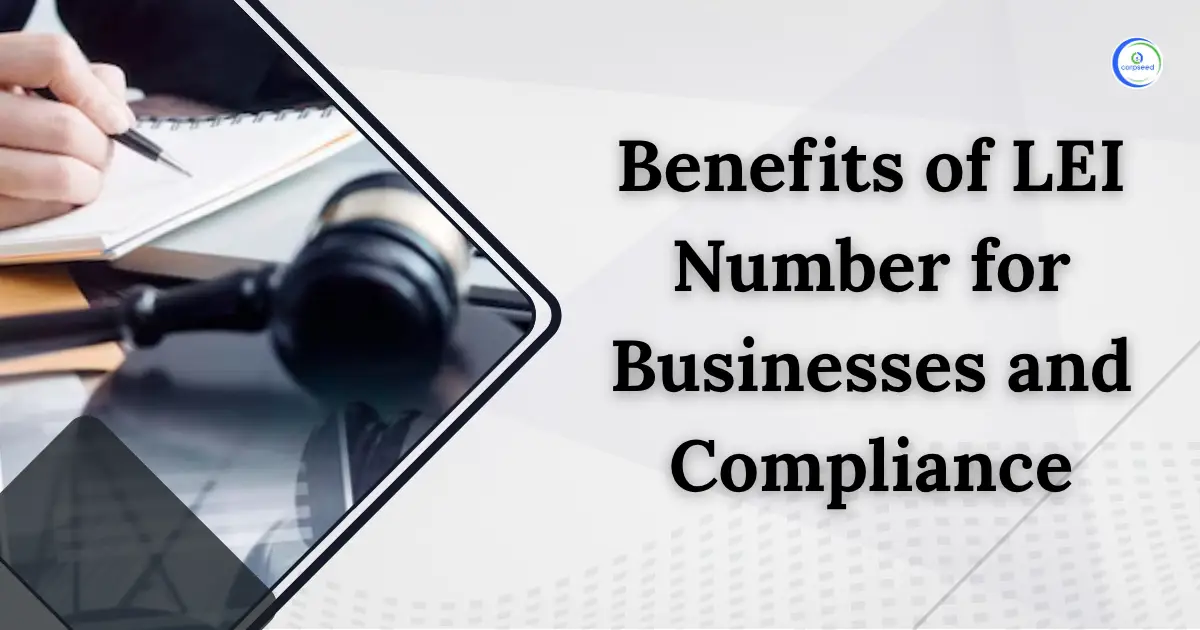Introduction
Flipkart is an Indian e-commerce company and online shopping application, headquartered in Bangalore, Karnataka, India, and incorporated in Singapore as a private limited company. The company initially focused on online book sales before expanding into other product categories such as consumer fashion, electronics, home essentials, groceries, and lifestyle products, Beauty products.
A seller who has registered themself at Flipkart online shopping application to sell their products.
Flipkart held a 39.5% market share of India's e-commerce industry in March 2017. Flipkart has a ruling position in the outfit segment, protect by its possession of Myntra, and was described as being "neck and neck" with Amazon in the sale of electronics and mobile phones. Flipkart also owns PhonePe, which is a mobile payments service based on the UPI.
What Is a Seller?
Seller is an individual or other entity that offers a good, service, or asset to those who want to buy it in return for payment. Sellers can be different with buyers, and the two make up the key elements of any transaction or exchange.
In the financial markets, a seller is a person/entity that is offering security they hold to be purchased by someone else and sell it out at higher price. A seller is also called a writer. The writer is on one side of the contract and receives a surcharge for selling the option.
Understanding Sellers
Sellers are producers or owners of some product or skill that is available for sale who wants to sell it out to a purchaser who wants to buy it. Sell their wares and are critical for the production economy. Likewise, workers may be said to sell their labour to employers in return for wages. Private individuals may also become sellers if they offer used or unwanted household items through online sites like eBay and Olx.
In financial markets, a seller is any person/entity, such as a broker or an offshore investment fund, that engages in offering any asset or security in return for payment.
Short Selling
When selling an asset or anything, the seller is someone who already owns the asset or security and wishes to get rid of it. Someone else who wants to buy will purchase it. Short selling is the type of selling something that is not owned. It is selling first and buying later (to close the position), hopefully at a lower price and selling out at a higher price. Short sellers try to take advantage of falling prices and selling at a higher price.
In short selling, a position is opened by purchasing shares of a stock or other asset that the investor believes will decrease in value. The investor then sells out these Purchased shares to buyers willing to pay the market price or at a higher price to get the profit. Before the purchased shares must be returned, the trader is betting that the price will continue to decline and they can purchase them at a lower cost. To open a short position, a trader must have a margin account so that they can bear the loss also and consider as a risk and will usually have to pay interest on the value of the purchased shares while the position is open.
Options Writers
Options market, a seller is known as the writer of the option contract and collects the payments from the buyer in return for having sold anything. The seller also takes the risk of having the option exercised, which could result in losses greater than the payment received in exchange of sell if the option is not covered. Selling an option, shorting an option, and writing an option all are equivalent terms which is used.
The writer of an option is relatively high risk when we will be compared to other types of investment activity. Theoretically, the risk to the option writer is higher as there is no limit to how high a stock can move.
Reducing Option Seller Risk
The seller takes the full risk of adverse moves in the elementary safety. If the buyer exercises the option, the seller must go into the open market to sell or buy the elementary safety at the market price to reduce the risk.
However, with a covered call or covered put, the seller of the option already has a long or short position in the real financial assets. If the real financial asset is buying or selling at the same time as writing the covered options, the loss would be minimal in this case. The seller of the option still gets to keep the payment received from the buyer in exchange for a product that is sold out.
There are many strategies involved in the sale of options. As an example, in a bull put spread, the investor sells a put option and at the same time buys a put option with a slightly lower strike price. The premium paid for the purchase of the lower strike option partially offsets the premium received from the sale of the higher strike option. While the strategy reduces the risk to the investor, it also reduces the potential profit investor get higher profit but also get the high risk.
Determining When to Sell
Investors determine when to sell a stock on the basis of prices and market, currency, futures contract, commodity, or any other asset, by following a trading plan. A trading plan lays out their strategy for selling the products, including when they will exit so that they don't get caught up emotionally and make rash decisions that could hurt their portfolio and their reputation.
Exit strategies vary greatly, but should always include two considerations:
- Where and when to sell if the position is showing a loss.
- Where and when to sell if the position is showing a profit.
Before taking a trade, an advisable investor or trader will determine when they will cut their losses and increase the profit, and also formulate a plan for when they will take higher profits if the price moves in their expected direction.
A stop-loss order or a trailing stop is a common way to limit losses. A trailing stop or profit target is common ways to take profits off the table.
Steps to Becoming a Flipkart Seller

What you need to sell is:
- GSTIN
- Bank Account
- Product for Sell
Process of Registration
- Create a seller account at Flipkart.
- you can use your email address or mobile number as "Username" to log in to your seller account.
- Please not, the "Username and Password" used here are only to access your Flipkart and shopsy Seller Account and cannot be used on Flipkart.com or shopsy.com shopping destination.
Sell Your Finance Business
Selling your finance business is an astute and rewarding process, full of benefits and opportunities. By preparing your business for sale, finding the proper buyers, and skillfully guiding yourself through the sale process, you will maximize the value of your business and create an optimal outcome.
Detailed Project Report
A business plan is an engraved sketch of your business's prospect, a document that describes the step to step process on what a business owner plan to do and how to execute the plan.
Startup Financing Audits
Startup financing involves raising capital that would help finance the new business and is generally done through bootstrapping, angel investors, venture capital, or crowdfunding. This gives the firm the means to cover initial expenses associated with scaling operations and hitting growth milestones.
This portion of the site is for informational purposes only. The content is not legal advice. The statements and opinions are the expression of author, not corpseed, and have not been evaluated by corpseed for accuracy, completeness, or changes in the law.
BOOK A FREE CONSULTATION
Get help from an experienced legal adviser. Schedule your consultation at a time that works for you and it's absolutely FREE.








